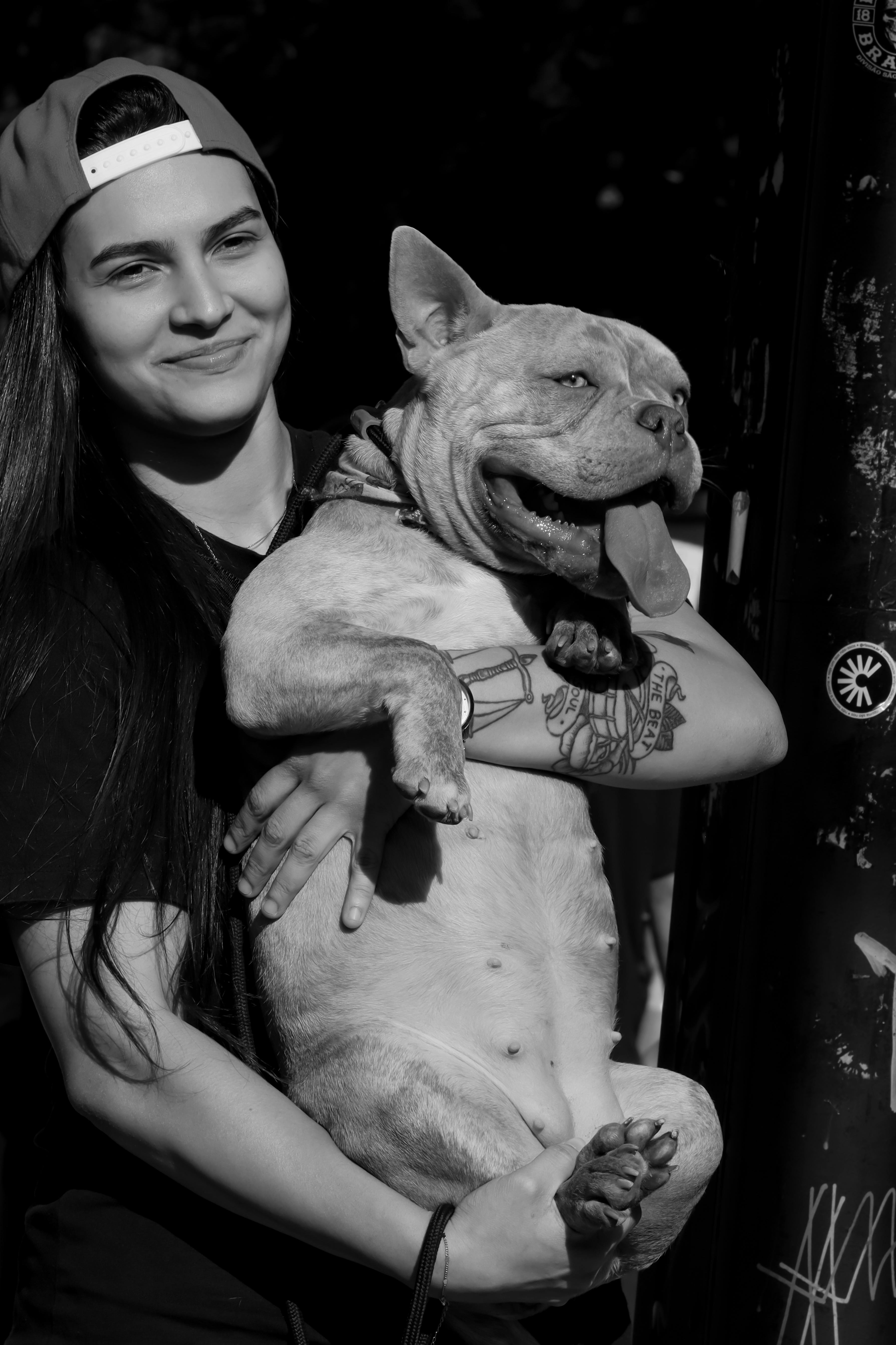As a dog owner, you want to make sure your furry friend is always looking and feeling their best. One way to do that is by taking care of their coat. Regular maintenance can help prevent damage and keep your dog’s coat healthy and shiny. In this article, we will discuss effective ways to prevent and resolve damage to your dog’s coat.

This image is property of images.pexels.com.
Understanding the Importance of Dog Coat Maintenance
Taking care of your dog’s coat is not just about aesthetics. A healthy coat is a good indicator of overall health and well-being. Dogs with well-maintained coats are less likely to develop skin issues, infections, and parasites. Regular grooming can also help you identify any unusual lumps, bumps, or changes in your dog’s skin that may require veterinary attention.
Why is Dog Coat Maintenance Essential?
Maintaining your dog’s coat can help prevent matting, tangling, and shedding. Regular grooming sessions can improve blood circulation to the skin, distribute natural oils, and promote hair growth. This can result in a healthier, shinier coat for your furry friend. Additionally, grooming provides an opportunity to bond with your dog and build trust.
Preventing Damage to Dog Coats
Prevention is key when it comes to maintaining your dog’s coat. By taking proactive measures, you can minimize the risk of damage and keep your dog looking their best. Here are some strategies to prevent damage to your dog’s coat:
Regular Brushing
Brushing your dog’s coat regularly is essential for preventing matting and tangling. Different coat types require different brushes, so make sure you are using the right tools for your dog’s specific needs. Brushing also helps remove dirt, debris, and loose fur, keeping your dog’s coat clean and healthy.
Bathing
Regular baths are important for keeping your dog’s coat clean and free of dirt, bacteria, and parasites. Use a mild dog shampoo that is suitable for your dog’s coat type and skin condition. Be sure to rinse thoroughly to avoid residue buildup, which can lead to skin irritation.
Trimming
Trimming your dog’s coat regularly can help prevent matting and keep their fur looking neat and tidy. Depending on your dog’s breed and coat type, you may need to trim their fur every 6-8 weeks. If you are not comfortable trimming your dog’s coat yourself, consider taking them to a professional groomer.
Healthy Diet
A balanced diet is essential for maintaining a healthy coat. Make sure your dog is getting the right nutrients, including Omega-3 fatty acids, vitamins, and minerals. Consult with your veterinarian to determine the best diet for your dog’s specific needs.

This image is property of images.pexels.com.
Resolving Damage to Dog Coats
Despite your best efforts, damage to your dog’s coat can still occur. Whether it’s due to matting, shedding, or skin issues, there are ways to resolve and repair the damage. Here are some tips for handling wear and tear on dog coats:
Dealing with Mats and Tangles
Mats and tangles can be a common issue, especially for dogs with long or curly coats. To remove mats and tangles, use a detangling spray or conditioner to soften the fur. Gently comb through the affected areas with a slicker brush or a dematting tool. Start from the tip of the hair and work your way to the root to avoid causing discomfort to your dog.
Managing Shedding
Shedding is a natural process for dogs, but excessive shedding can be a sign of an underlying issue. To manage shedding, brush your dog regularly to remove loose fur and prevent it from matting. Consider adding a dietary supplement that promotes healthy skin and coat, such as fish oil or coconut oil. If shedding persists, consult with your veterinarian to rule out any health concerns.
Addressing Skin Issues
Skin issues like dryness, itchiness, or redness can affect your dog’s coat health. Identify the underlying cause of the skin problem, whether it’s allergies, parasites, or infections. Your veterinarian may recommend medicated shampoos, topical treatments, or dietary changes to improve your dog’s skin condition. Regular grooming and maintenance can help prevent future skin issues.
Seeking Professional Help
If you’re unsure how to resolve damage to your dog’s coat or if the issue seems severe, don’t hesitate to seek help from a professional groomer or veterinarian. They can provide guidance, treatments, and solutions tailored to your dog’s specific needs. Professional grooming services may include deep conditioning treatments, haircuts, and skin therapies to restore your dog’s coat to its optimal condition.
Conclusion
Taking care of your dog’s coat is an essential part of responsible pet ownership. By understanding the importance of coat maintenance, preventing damage, and resolving issues promptly, you can keep your dog looking and feeling their best. Remember, regular grooming sessions, a healthy diet, and attention to your dog’s skin health are key factors in maintaining a shiny, healthy coat. Your furry friend will thank you for the extra love and care you provide.